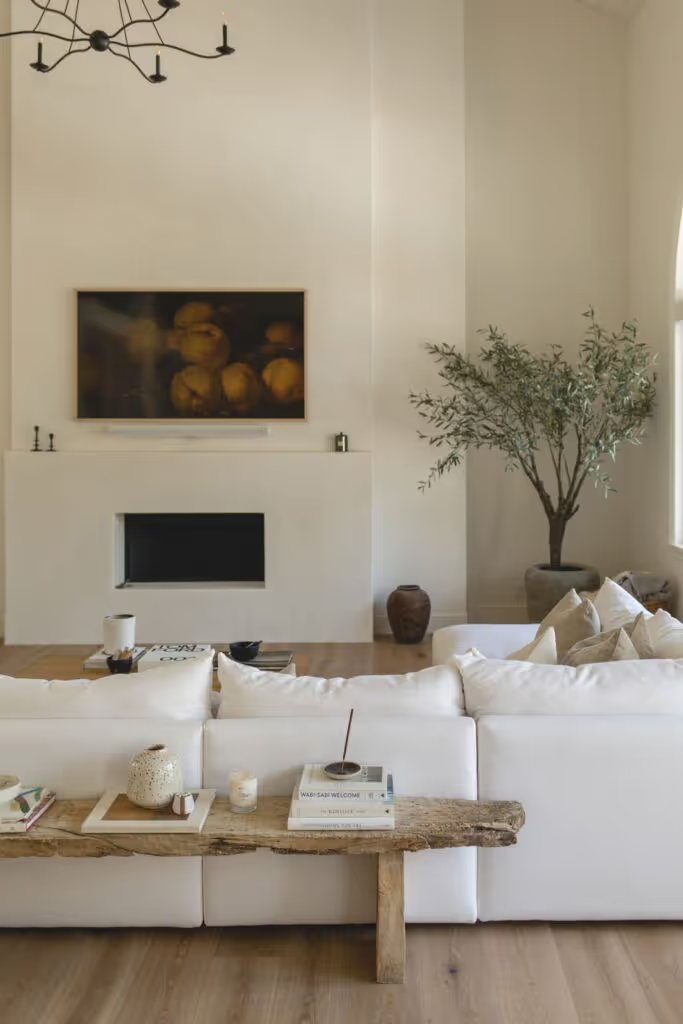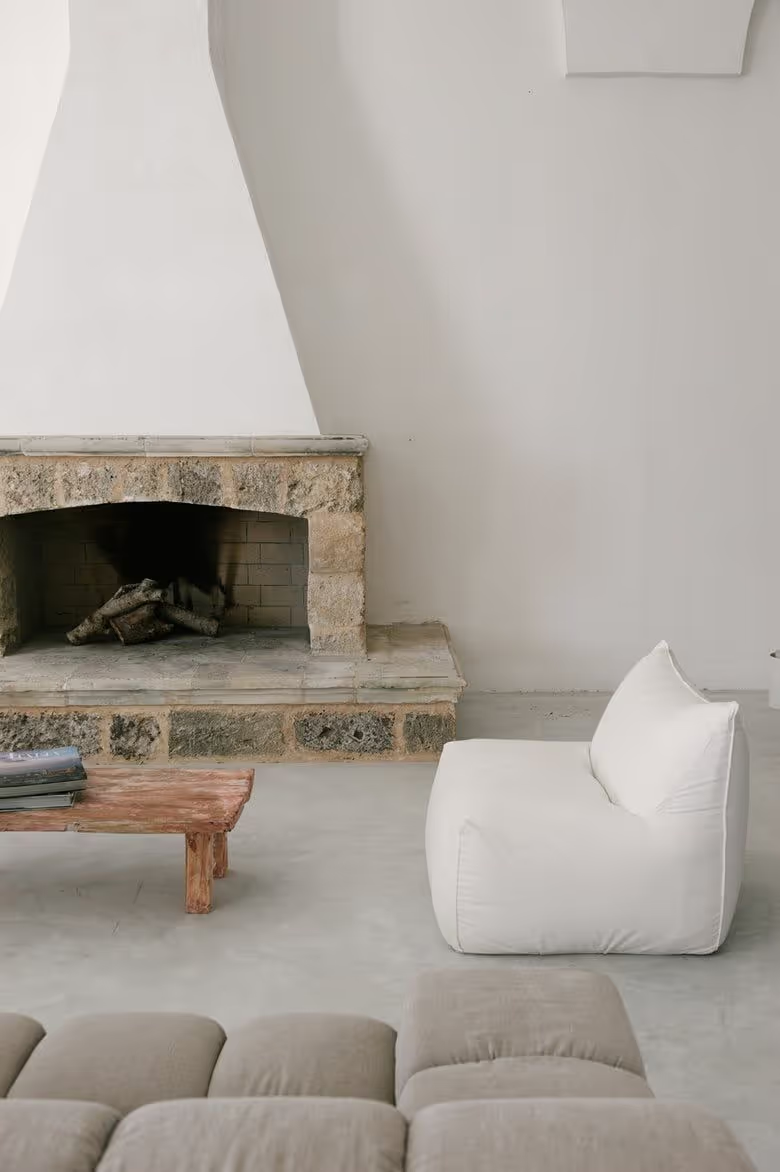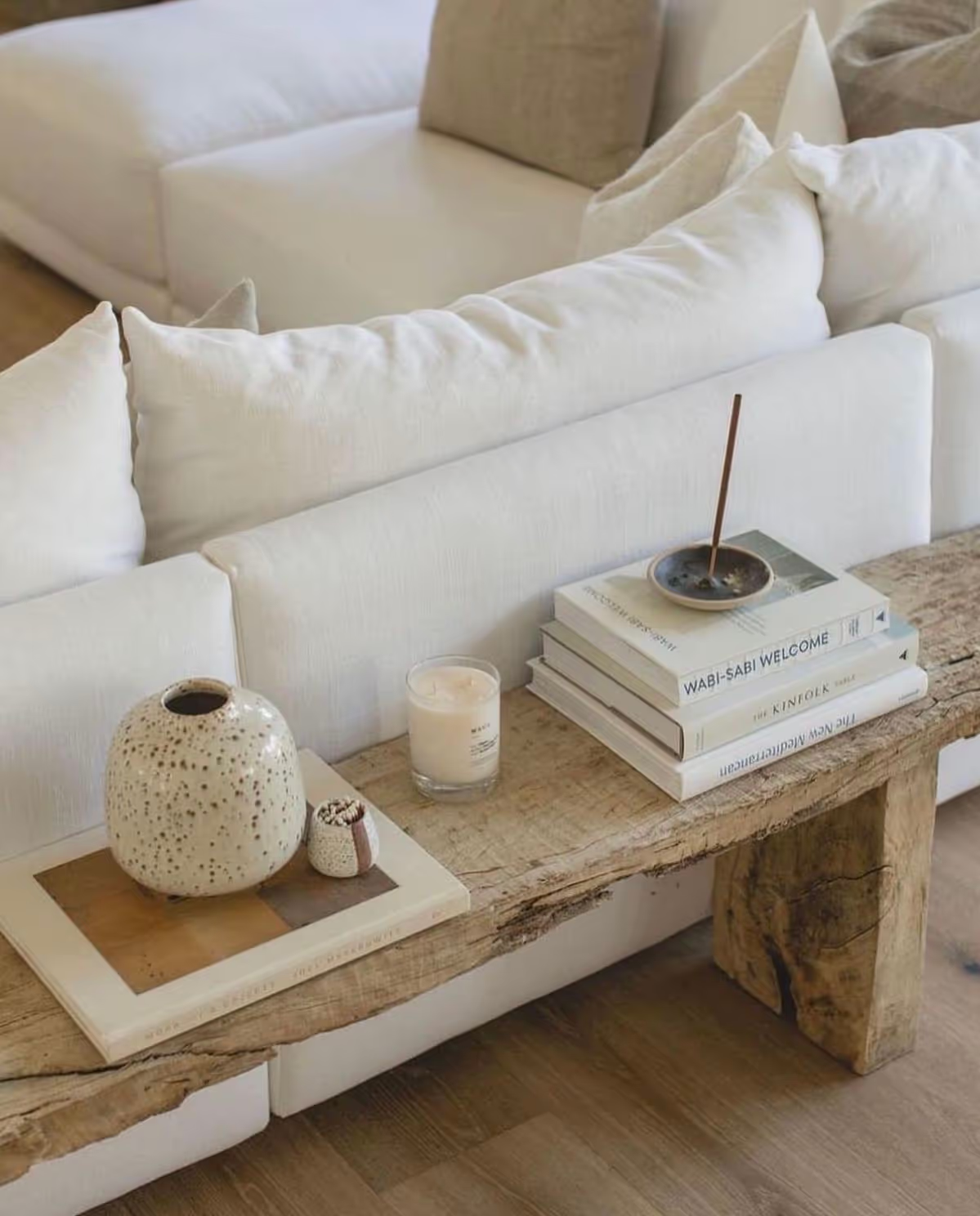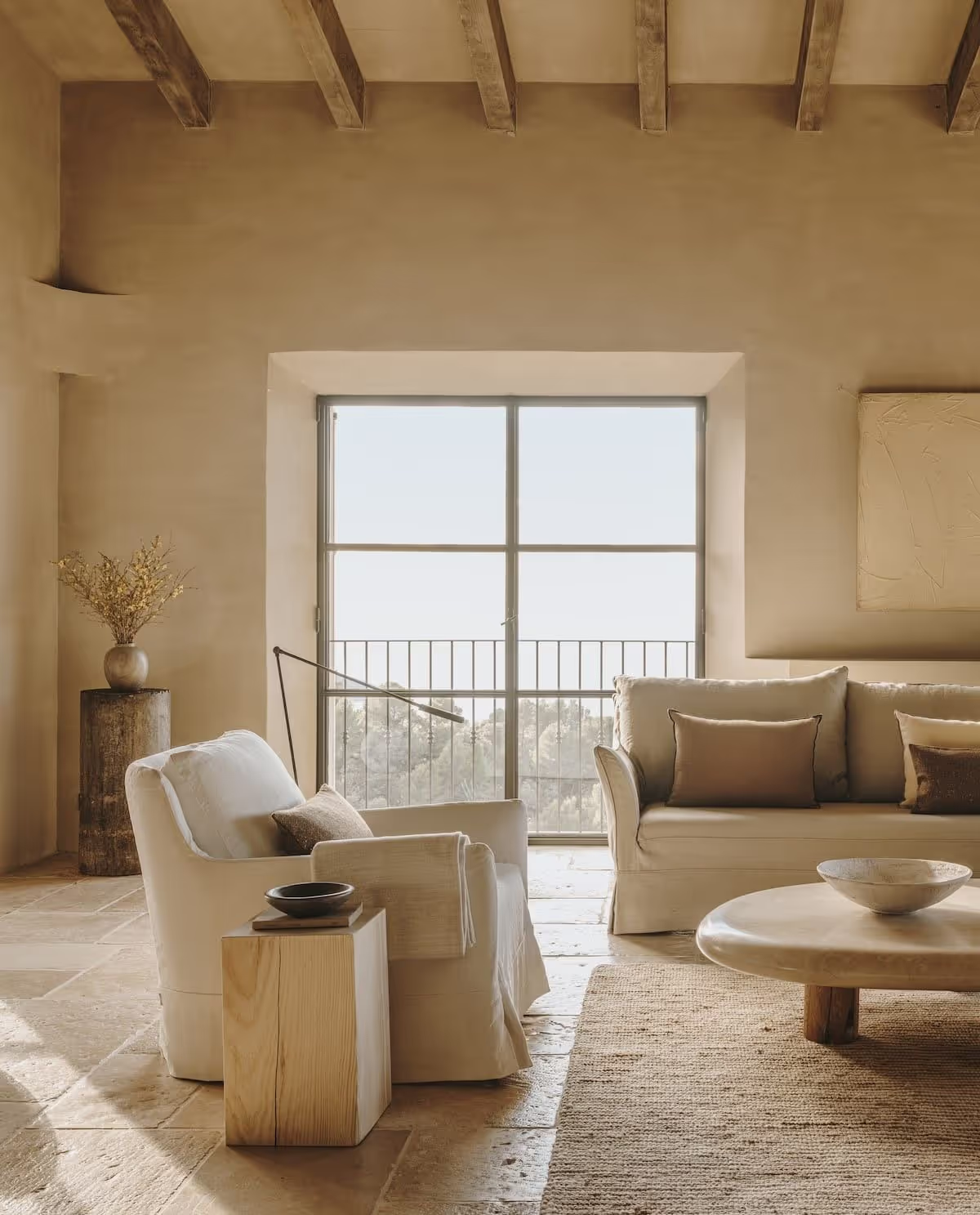In this article, we’ll guide you through five simple (yet profound) choices we use in every A Quiet Home project. You can apply them too, wherever you are.

Sometimes, one room is enough. As long as it breathes.
Because Italian design is not a look to imitate. It’s a rhythm to live.
There’s a moment, before every project, when we enter a room in silence.
No moodboards. No furniture. Just walls, light, and presence.
And we ask ourselves:
“What kind of life should happen here?”
Because a home that works is not just beautiful.
It protects you, reflects you, welcomes you.
And often, it only takes a few quiet choices to begin.
The first thing to do — always — is to remove.
Clear the space. Let it breathe for a few days.
No temporary furniture. No rushed decisions. Start from stillness.
Before adding, try subtracting.
Leave the room bare. Observe it in the morning, at sunset, when it rains.
Ask yourself:
“Where does the light fall?” — that’s where your first living corner will be born.
In a home in Cisternino, a German couple had furnished everything quickly after buying.
When we met them, they didn’t feel “at home.”
We removed half the objects.
Two days later, she said: “Now I can feel where I want to be.”

Italian design isn’t made of effects. It’s made of honest materials.
Wood that ages, linen that creases, stone that breathes.
In a kitchen in Ostuni, we chose carparo, the local stone, for the countertop.
The client originally wanted marble, but later said:
“I love it because it’s rough. And it feels like it’s always been here.”
When you choose a material you feel, you never tire of it.
Try this today:
Swap out a particleboard shelf for reclaimed solid wood.
Or replace a synthetic fabric with raw linen curtains.

Light cannot be controlled. It can only be accompanied.
Avoid heavy curtains, cold bulbs, and harsh reflections.
Practical tips:
You don’t need to decorate everything.
One honest object is enough:
a well-printed photo, your grandmother’s cup, a chair you found by chance.
It doesn’t have to be expensive. Just real.
In a home in Montefalco, he had a small 1970s radio, forgotten in a garage.
We placed it on a shelf, alone, next to a plant.
He said: “Now it feels important. And it is.”
AQH exercise:
Find a forgotten object in your home. Clean it. Highlight it. Give it a new place.
That’s where atmosphere begins.

Empty doesn’t mean missing. It means space for life to unfold.
Not every corner needs to be filled.
A home needs places where nothing happens.
In a living room in Locorotondo, an empty corner became the space where they take a few barefoot steps in the evening.
They now call it “the thinking space.”
And they never want to fill it.
Try this today:
Remove one extra chair. Leave a corner open.
Watch how the air in the room shifts.
An Italian room isn’t perfect. It’s present.
It’s not built on trends.
It’s built on relationships.
Between light and matter. Between space and memory.
📩 Want to create a space like this, together? Tell us your story. We’ll design a room that doesn’t follow styles — but follows you. With respect. With beauty. With quiet.
images from Pinterest.
Discover inspiring homes, expert tips, and the soulful side of Italian living. Dive into our editorial picks.
Explore All ArticlesHelp us understand your pace and priorities - we'll make our call count.
We’ll be in touch within 24 hours.